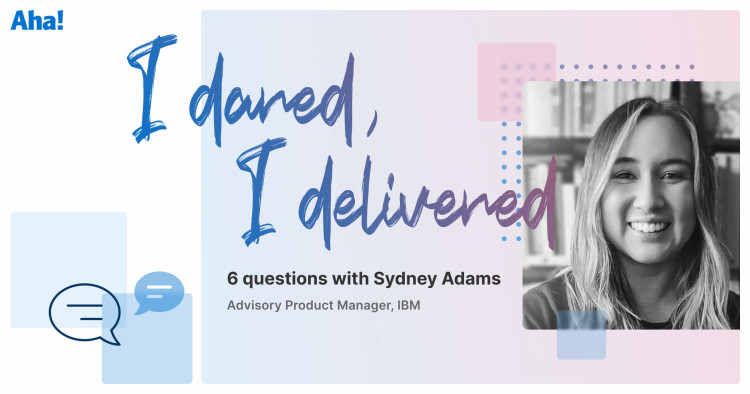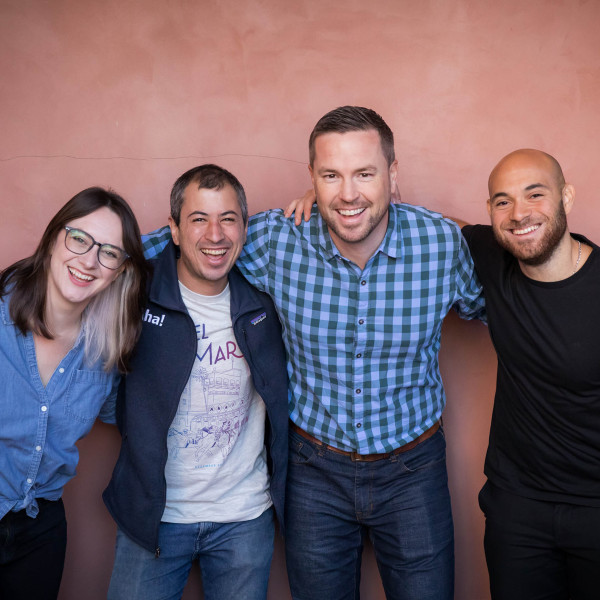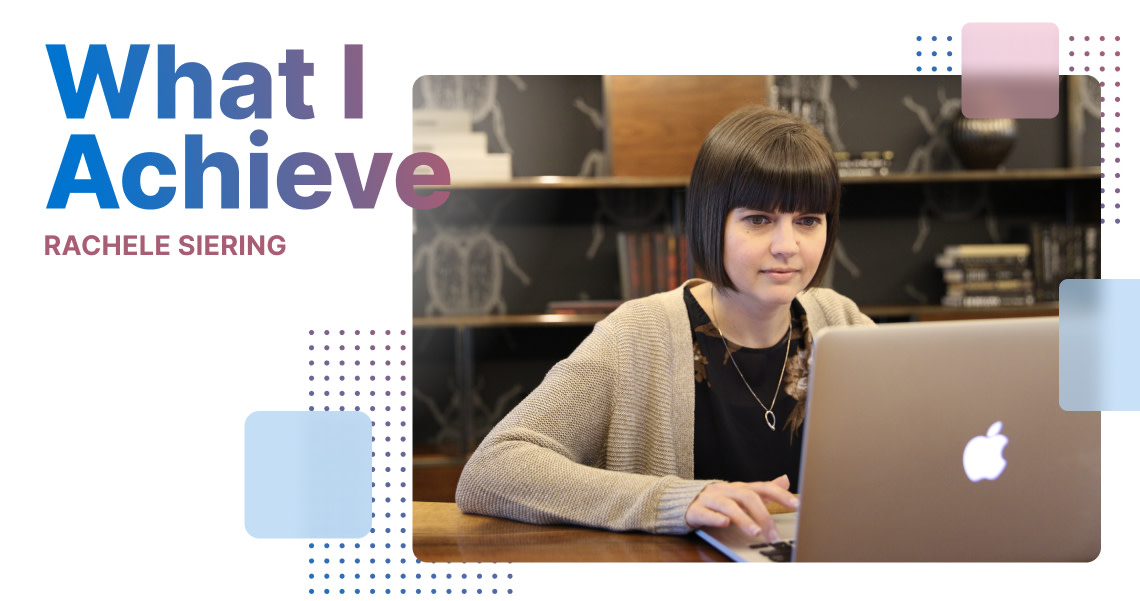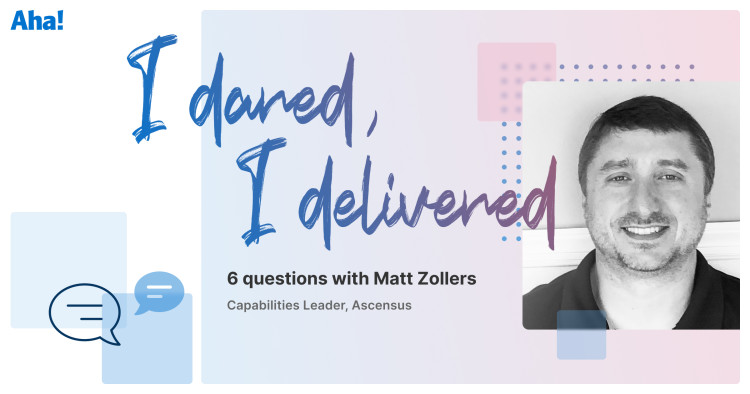
Product All-Star: 6 Questions With Sydney Adams
Building products is an adventure. That is what makes it the best job in the world. But it is not for the faint of heart — true product success requires decisive action, continuous effort, and a relentless pursuit of value.
At Aha! we have the honor of being connected to product experts and companies who go boldly and bravely. We are asking folks to share their knowledge with you — in hopes it will inspire you in your own product career.
Sydney Adams is an advisory product manager at IBM. Based in Los Angeles, she works within the software and business automation division on the content services team. Sydney helps customers effectively manage their documentation and content — text files, media, and even code.
Outside of work, Sydney taps into her creative side by developing new recipes, perfecting her photography skills, and writing. She is also an avid runner and enjoys hanging out with her robot dog, Mochi.
Editor's note: These are Sydney's personal views and experiences and should not be interpreted as the views of IBM.
What was your first product role?
"My first formal product management role was here at IBM. Looking back, each step in my journey helped inform my decision to become a product manager.
I graduated from UCLA with a B.A. in World Arts and Cultures — I have always loved studying how humans interact within their environments. From there, I went to business school and developed a deep interest in statistics. I also taught myself how to code.
It was through an internship at Yum! Brands that I discovered how much I enjoy taking an idea from inception all the way through to implementation. This lends itself to a release cycle, though I didn't realize it at the time. I also started to really dig into customer research, tapping into my interest in culture and human interaction.
Later, I completed a post-MBA rotational program with Caesars Entertainment, the hotel and casino entertainment company. At Caesars, I gained experience across several divisions — CRM strategy and operations, marketing strategy, and business innovation. I learned that I like roles that help me impact different functions across a company. I like having a vantage point into different business units, helping them work better together.
At IBM, I work on the content services team as an advisory product manager. I help our customers develop new, more efficient ways to manage and store their content — which today can be almost anything — and I absolutely love it."
How do you find success in your role?
"I want my customers to be blown away by what I'm delivering. Some call this customer-centric, but I think that scratches the surface of what we (product managers) are in the business of doing. Our customers are providing a good or service to their own customers, and our products help them do that better.
"To be a great product manager, I need to empathize with my customer's customers."
This ensures our partnership is based on a shared understanding of their business's unique challenges and achievements. Otherwise, our interactions are at risk of becoming generic — and that is a disservice to them."
What would you recommend not to do when starting out in a product career?
"Do not limit yourself based on a perceived skill set that you have or someone else has."
"I used to apologize for the fact that I was a World Arts and Cultures major — like my background dictated that I wouldn't be the right fit for a product role. But eventually, I figured out that we all have our own skills and perspectives and my background gives me a unique view into customer needs. Across our product team, for example, we have similar goals and objectives, but we each approach our job in a very different way based on our strengths and experiences. When opinions differ, tension is created. That is where the magic happens."
"Friction will exist when there is a difference of opinion, but that's not a bad thing. Tension can still be collaborative."
I'm proud of what I've contributed at IBM and I'm really happy. But to get to this place of fulfillment, I needed to set aside my anxieties and embrace what makes me a great product manager."
How do you stay motivated when complex challenges arise?
"When I'm faced with a challenge, I pause to center myself — which often looks like stepping away from the screen for a little while and going for a run. I think through my perspective and identify the next steps. Perhaps that means speaking with cross-functional groups to work through a strong solution. In advance of doing that, I set aside time to write down a 'mini-script' of what I want to say, the issues I need to poke at, and the most important questions we need to dig into.
Organizing my thoughts in advance helps me make sure that the way I'm approaching the challenge is empathetic and supportive. I read through my script a couple of times and think about how I might receive it, then adjust accordingly."
What is the most exciting aspect of your current role?
"Product management has taught me to never assume that your product is done."
"Working in a mature market, you can make assumptions that your customers are not changing their ways of working and adapting. But that is simply not true. Through digitization, automation, and the development of AI and machine learning — content management has changed dramatically. This really excites me.
In product, especially in a mature market, it is short-sighted to think there is nothing else you can do to become better. There is always a new challenge I need to solve for my customers."
What will change most about product development in the next decade?
"It will be interesting to see how products that have AI components in them inform human and user behavior.
In the near future, technology may be democratized enough that the user is able to inform some type of backend model in the product itself — moving beyond just user research to products that adapt to user needs.
If that happens, I'm curious to see how the user interacts with an instrumented component to actively inform the product. And how the product will change without someone actively editing the code on the backend. Coming full circle, how then do users change their behavior with the product in the long-term? Exciting times are ahead!"
Read more of the Product All-Star series.
Know an inspiring product builder? Nominate them to be featured in an upcoming post. They simply need to be doing quality work and using Aha! software.




